Across the United States, specialized sanctuaries provide critical havens for reptiles that have been rescued from the exotic pet trade, abandonment, or illegal wildlife trafficking. Unlike zoos, these sanctuaries focus primarily on rehabilitation, conservation, and education rather than entertainment. Visiting these remarkable facilities offers a unique opportunity to observe reptiles in naturalistic environments while supporting vital conservation work. These sanctuaries not only provide lifelong care for animals that cannot be released into the wild but also serve as powerful educational platforms about reptile conservation, behavior, and the impacts of the exotic pet trade. Let’s explore some of America’s most impressive reptile sanctuaries where your visit can make a meaningful difference.
Reptile Discovery Center – Deland, Florida

The Reptile Discovery Center in Florida stands out as both a sanctuary and a working venom production facility that helps save human lives. Visitors can witness the fascinating “venom extraction” process, where trained professionals safely collect venom from venomous snakes for use in creating antivenoms and medical research. The center houses one of the largest collections of venomous reptiles in the country, many of which were rescued from unsuitable conditions or confiscated by authorities.
Beyond the venomous species, the sanctuary also maintains numerous non-venomous reptiles in naturalistic habitats, offering educational tours that help dispel common myths about these misunderstood animals. Their conservation work extends beyond their facility through partnerships with international organizations working to protect reptile habitats worldwide.
Phoenix Herpetological Sanctuary – Scottsdale, Arizona
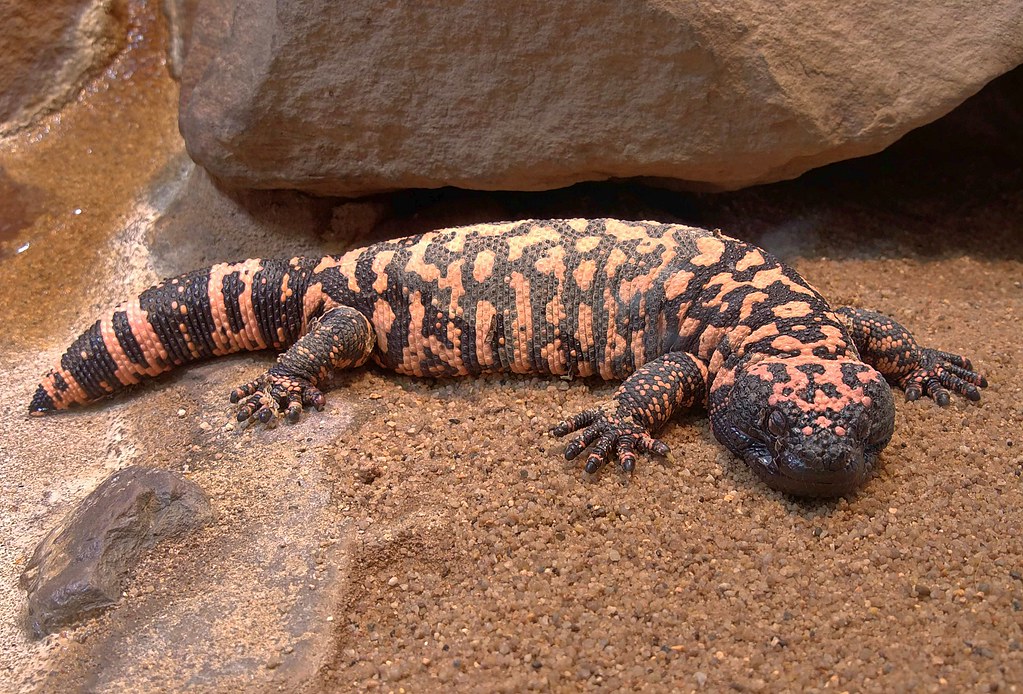
Nestled in the Sonoran Desert, the Phoenix Herpetological Sanctuary spans 2.5 acres and houses over 1,700 reptiles representing more than 250 species, making it one of the largest reptile sanctuaries in the United States. This desert oasis specializes in rescuing and rehabilitating reptiles from neglect, abandonment, or illegal wildlife trafficking situations.
Their impressive collection includes American alligators, various crocodile species, and one of the largest Gila monster exhibits in the country, allowing visitors to observe these rarely seen venomous lizards native to the Southwest. The sanctuary takes pride in its educational mission, offering guided tours that provide in-depth information about reptile conservation and the ecological importance of these animals. Their “Croc Walk” featuring multiple species of crocodilians in naturalistic habitats has become a visitor favorite and helps fund their extensive rescue operations.
Alligator Adventure – North Myrtle Beach, South Carolina
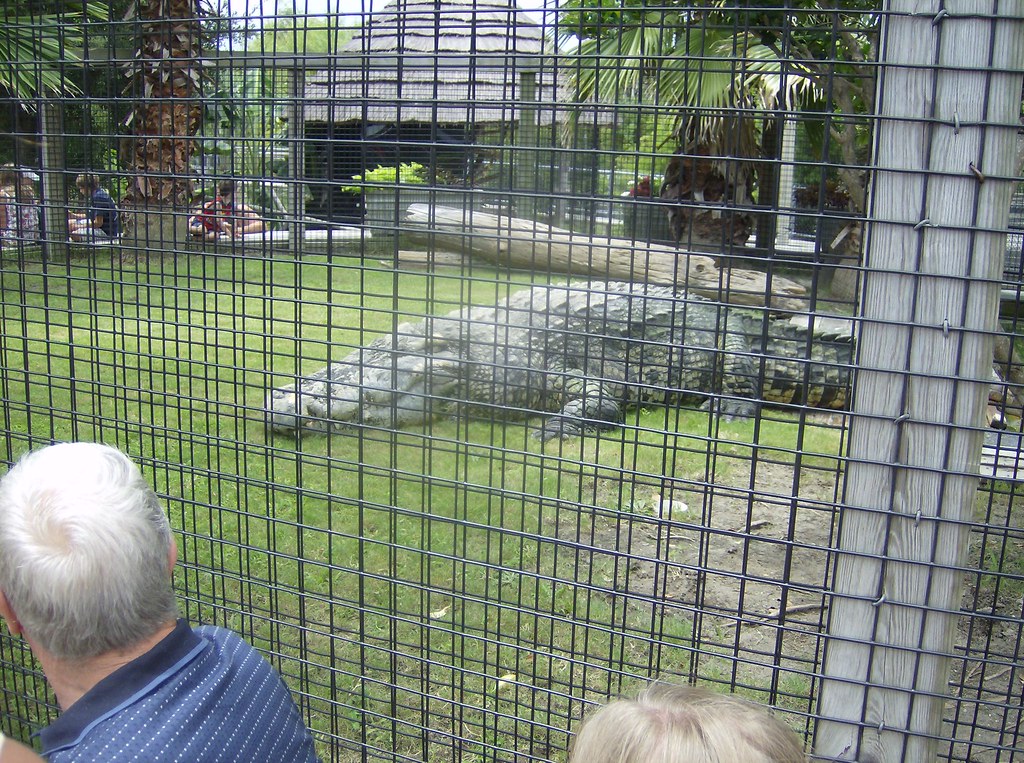
While partially operating as an attraction, Alligator Adventure has evolved to become an important reptile sanctuary that houses numerous rescued alligators and crocodiles that cannot be released into the wild. The facility is home to Utan, one of the largest crocodiles in captivity in the United States, measuring over 18 feet long and weighing more than a ton. Beyond crocodilians, the sanctuary houses various species of snakes, lizards, and turtles, many of which were former pets surrendered by owners unprepared for their specialized care requirements.
The sanctuary’s educational programs highlight the dangers of the exotic pet trade and why these animals often end up needing sanctuary care after growing too large or aggressive for private ownership. Their breeding programs for endangered reptile species, including the Chinese alligator, contribute to important conservation efforts for species threatened with extinction.
Everglades Outpost Wildlife Sanctuary – Florida City, Florida
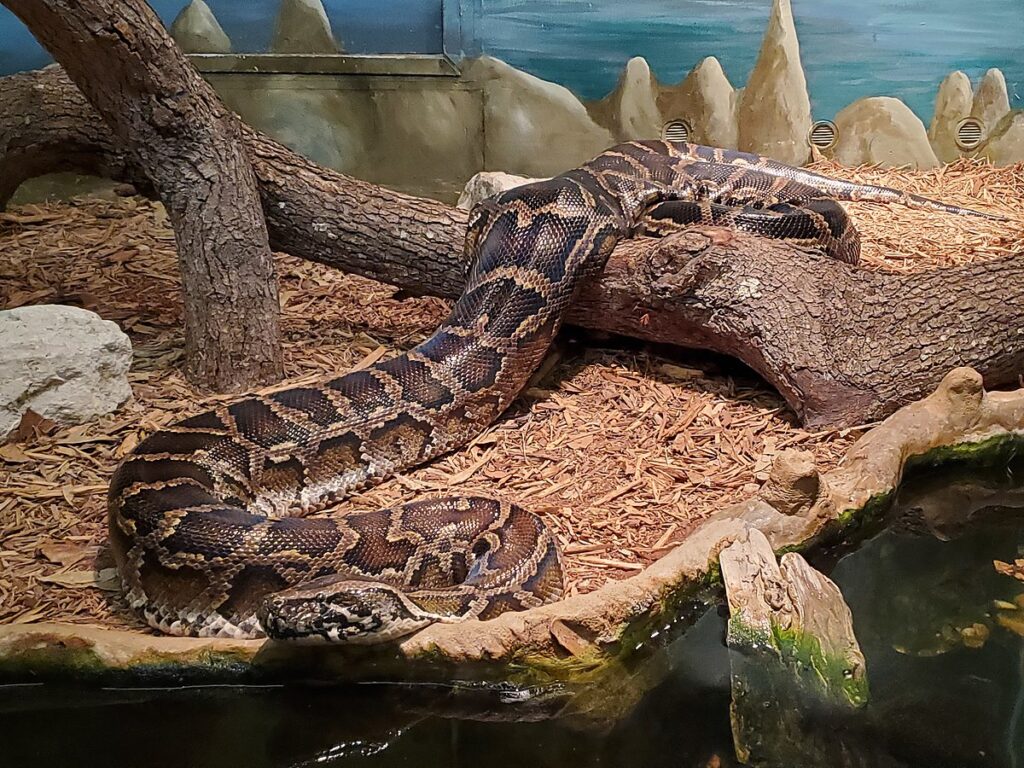
The Everglades Outpost Wildlife Sanctuary plays a crucial role in addressing Florida’s invasive reptile crisis by providing a permanent home for non-native species that cannot be released. This sanctuary is on the front lines of Florida’s battle with invasive species, housing numerous Burmese pythons, green iguanas, and other non-native reptiles that threaten the delicate Everglades ecosystem.
Their educational programs focus on the environmental impact of releasing non-native pets into the wild and the devastating consequences these introductions can have on native wildlife. The sanctuary works closely with state wildlife officials to rescue reptiles found in unsuitable conditions and to assist with managing invasive species populations.
Visitors can take guided tours to learn about these issues while observing the impressive collection of reptiles in naturalistic habitats designed to mimic their natural environments.
Emerald Coast Wildlife Refuge – Navarre, Florida
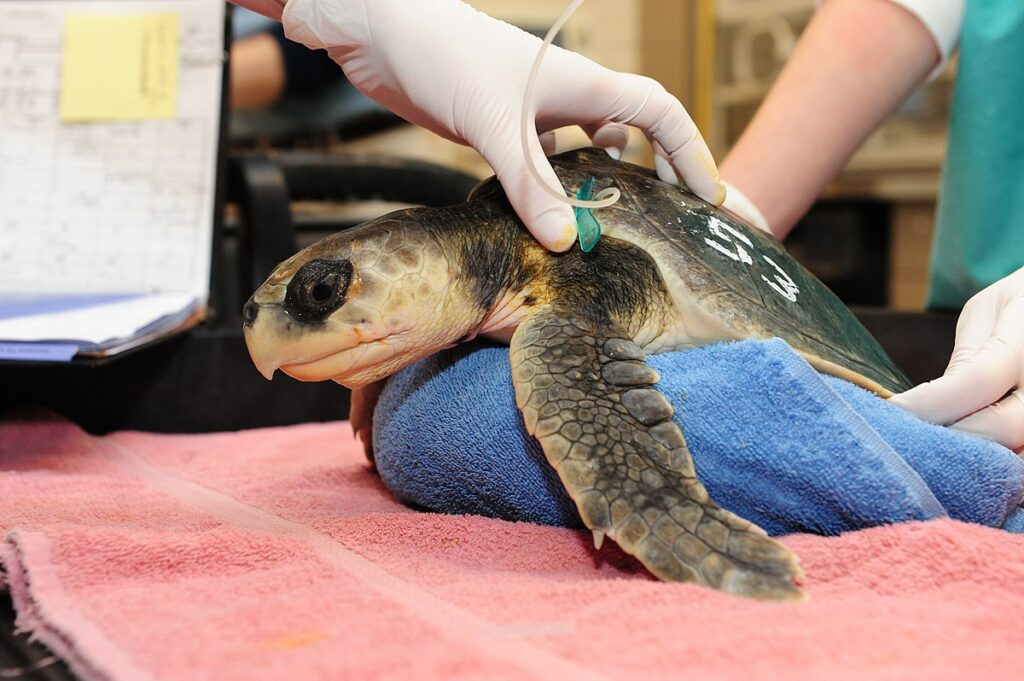
Though not exclusively dedicated to reptiles, the Emerald Coast Wildlife Refuge deserves recognition for its exceptional work with native reptile species, particularly sea turtles and gopher tortoises. The facility operates one of the most successful sea turtle rehabilitation programs in the Gulf Coast region, treating turtles injured by boat strikes, fishing gear entanglements, and environmental disasters like oil spills.
Their specialized reptile rehabilitation areas include custom-designed recovery pools for sea turtles and climate-controlled environments for various native snake species requiring medical care. Educational programs focus on the conservation challenges facing Florida’s native reptiles, including habitat loss, road mortality, and climate change impacts on nesting beaches.
The refuge works closely with state and federal wildlife agencies to release rehabilitated animals whenever possible, making it a true rehabilitation center rather than just a permanent sanctuary.
Reptilia – Albuquerque, New Mexico
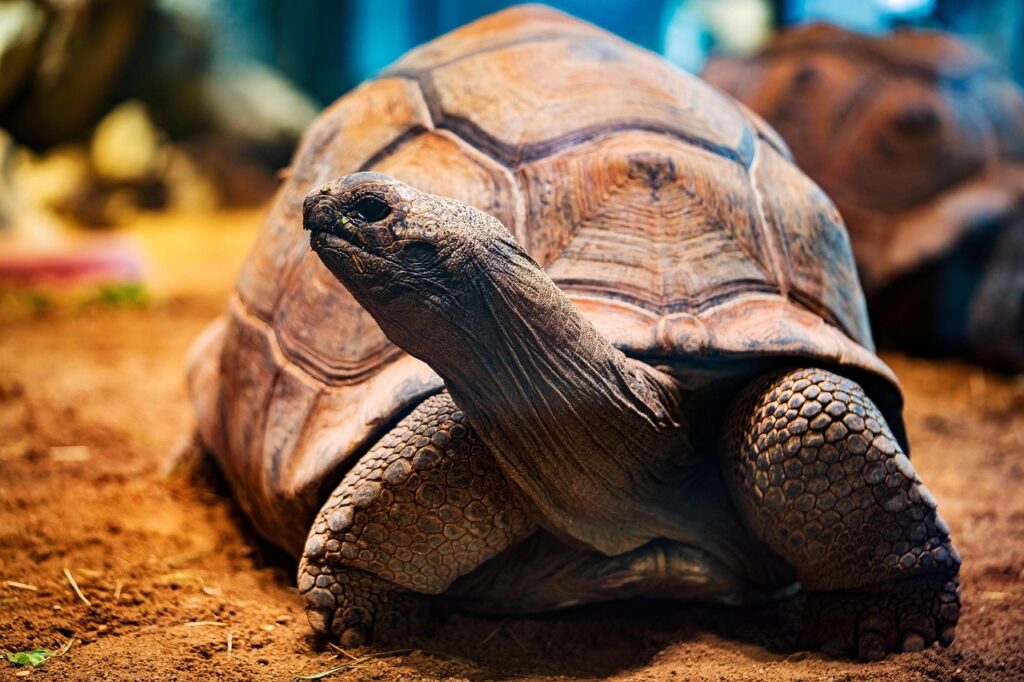
Reptilia stands out as a sanctuary specifically focused on reptiles rescued from the exotic pet trade, housing hundreds of animals surrendered by owners who could no longer care for them. This facility specializes in providing appropriate environments for species with complex care requirements, including large monitor lizards, pythons, and various tortoise species that can live for decades.
Their innovative enclosure designs serve as models for proper reptile husbandry, demonstrating how these animals should be housed with appropriate temperature gradients, humidity levels, and environmental enrichment. Reptilia offers educational programs that highlight the ethical issues surrounding the exotic pet trade and why potential owners should thoroughly research an animal’s needs before acquisition.
Their “Second Chance” adoption program carefully screens potential adopters for appropriate species that can realistically be maintained in private homes, helping to reduce the number of reptiles needing sanctuary care.
Kentucky Reptile Zoo – Slade, Kentucky
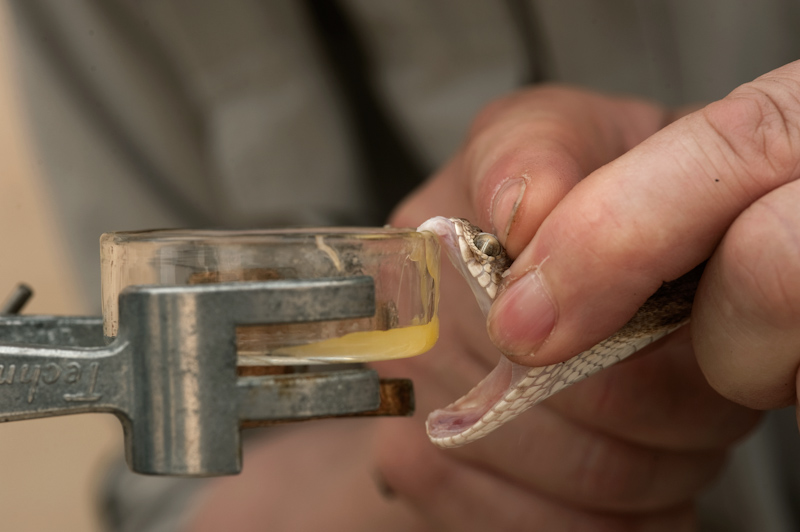
The Kentucky Reptile Zoo combines sanctuary work with vital venom research that contributes to medical advances in treating conditions ranging from cancer to heart disease. Located near the Red River Gorge, this facility houses one of the most diverse collections of venomous snakes in the country, many of which produce venom used in biomedical research and antivenom production.
Their educational programs offer rare opportunities to observe professional venom extraction demonstrations while learning about the potential medical benefits of compounds found in reptile venoms.
The zoo provides sanctuary for numerous reptiles that were confiscated from illegal trafficking operations or surrendered by owners unable to provide proper care. Their breeding programs for endangered reptile species contribute to conservation efforts while reducing pressure on wild populations from poaching for the pet trade.
Rattlesnake Ridge Natural Area – Arkansas
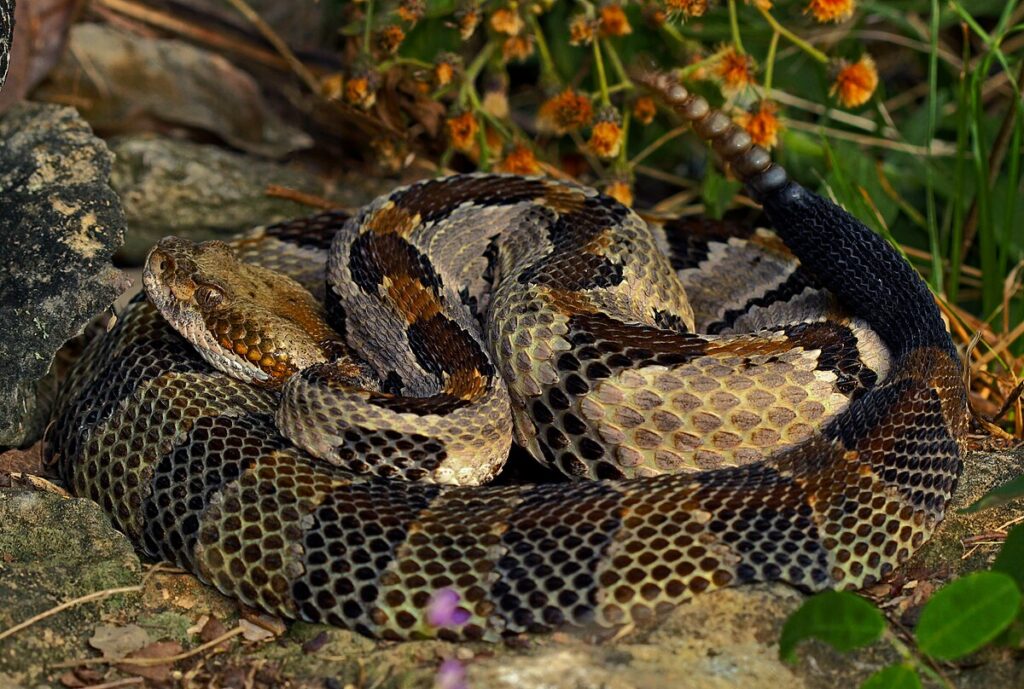
Rattlesnake Ridge Natural Area represents a different approach to reptile conservation by protecting critical habitat rather than housing captive animals. This 373-acre sanctuary protects one of the most important timber rattlesnake denning areas in the region, providing safe hibernation sites for these ecologically important predators.
Guided tours during certain seasons offer visitors the unusual opportunity to learn about rattlesnake ecology and observe these animals in their natural habitat from a safe distance. The sanctuary’s conservation focus extends beyond rattlesnakes to include protection for numerous other reptile species that share this unique rocky habitat, including several species of concern like collared lizards and alligator snapping turtles.
Educational programs emphasize the ecological role of venomous snakes and work to dispel fears and misconceptions that often lead to needless killing of these beneficial animals.
Rainforest Reptile Shows – Beverly, Massachusetts
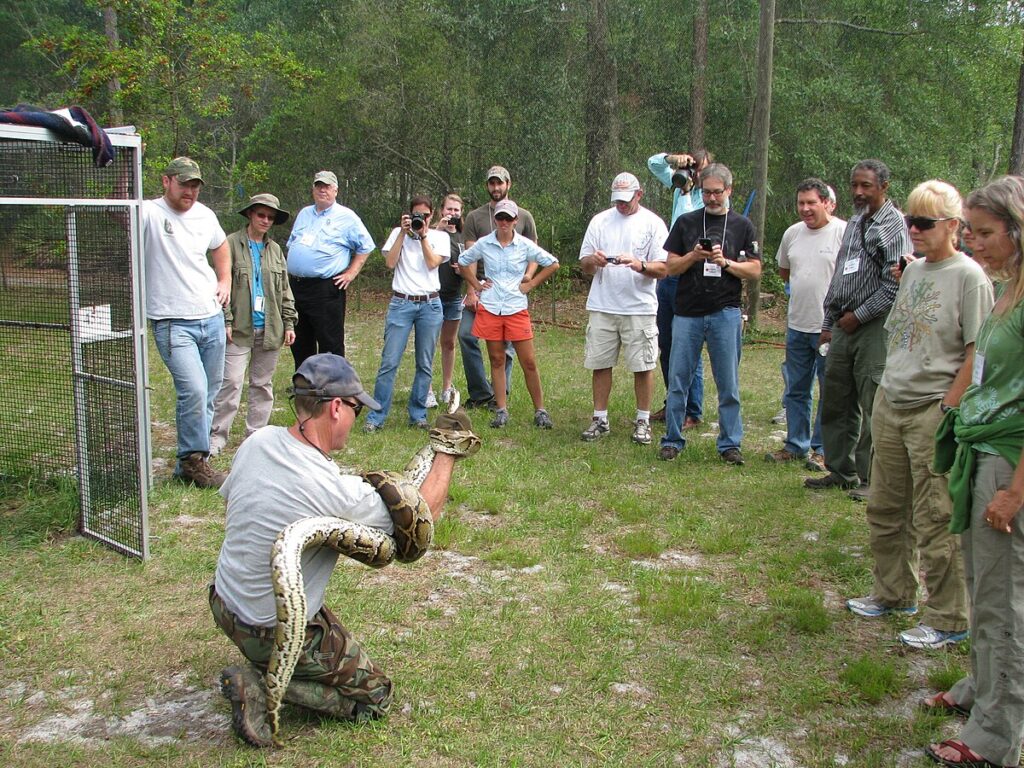
Beyond their educational outreach programs, Rainforest Reptile Shows maintains a sanctuary facility that houses hundreds of rescued reptiles that serve as animal ambassadors. This New England facility specializes in reptiles confiscated from illegal wildlife trafficking operations, working closely with federal wildlife officials to provide proper care for these seized animals.
Their conservation focus extends to local species as well, with specialized programs dedicated to protecting endangered Massachusetts turtle species from road mortality and habitat loss. Educational programs emphasize the global wildlife trafficking crisis and how consumer choices impact reptile populations worldwide.
The sanctuary’s “Meet the Reptiles” guided tours provide intimate, small-group experiences that allow visitors to develop appreciation for these often-misunderstood animals through close observation and expert interpretation.
Turtle Bay Exploration Park – Redding, California
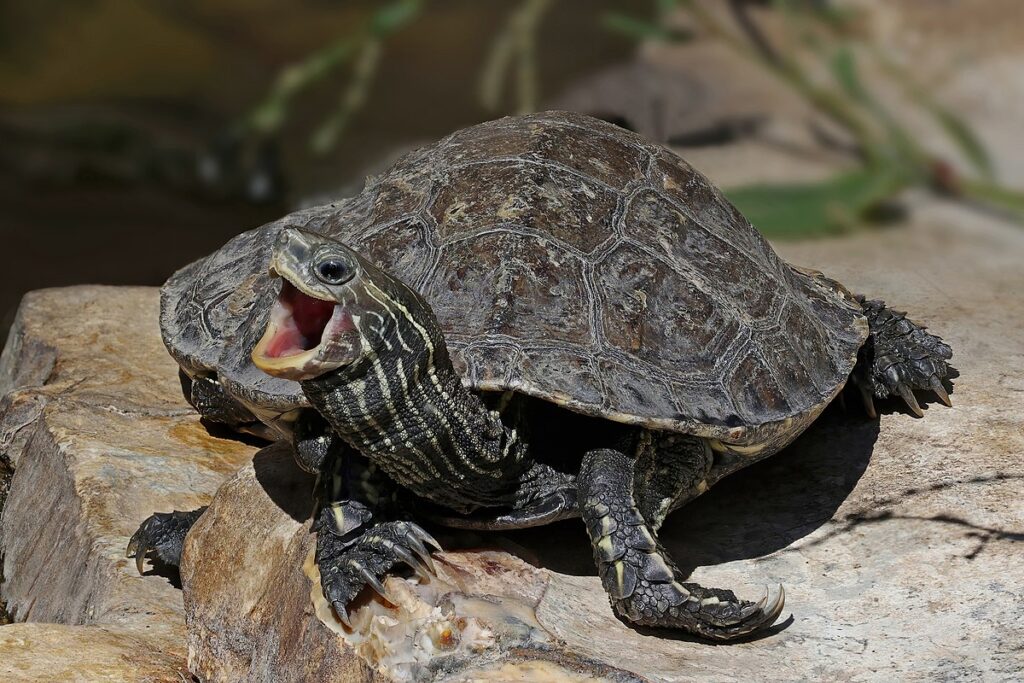
Turtle Bay Exploration Park integrates reptile conservation into its broader environmental education mission, with dedicated facilities for numerous rescued turtles, tortoises, and other reptiles. Their turtle and tortoise sanctuary houses both native species and non-native animals surrendered from the pet trade, providing specialized care for these long-lived animals that often outlive their owners’ ability to care for them.
The park’s innovative “Walk-Through Aviary” includes areas designed to showcase native western reptiles in naturalistic habitats that demonstrate how these animals live in California’s diverse ecosystems. Educational programs focus on the conservation challenges facing western reptiles, particularly the impacts of drought, wildfire, and development on sensitive species like the western pond turtle.
Their partnerships with state wildlife agencies support rehabilitation efforts for injured native reptiles, with the goal of releasing animals back to the wild whenever possible.
Chicago Herpetological Society Rescue – Chicago, Illinois
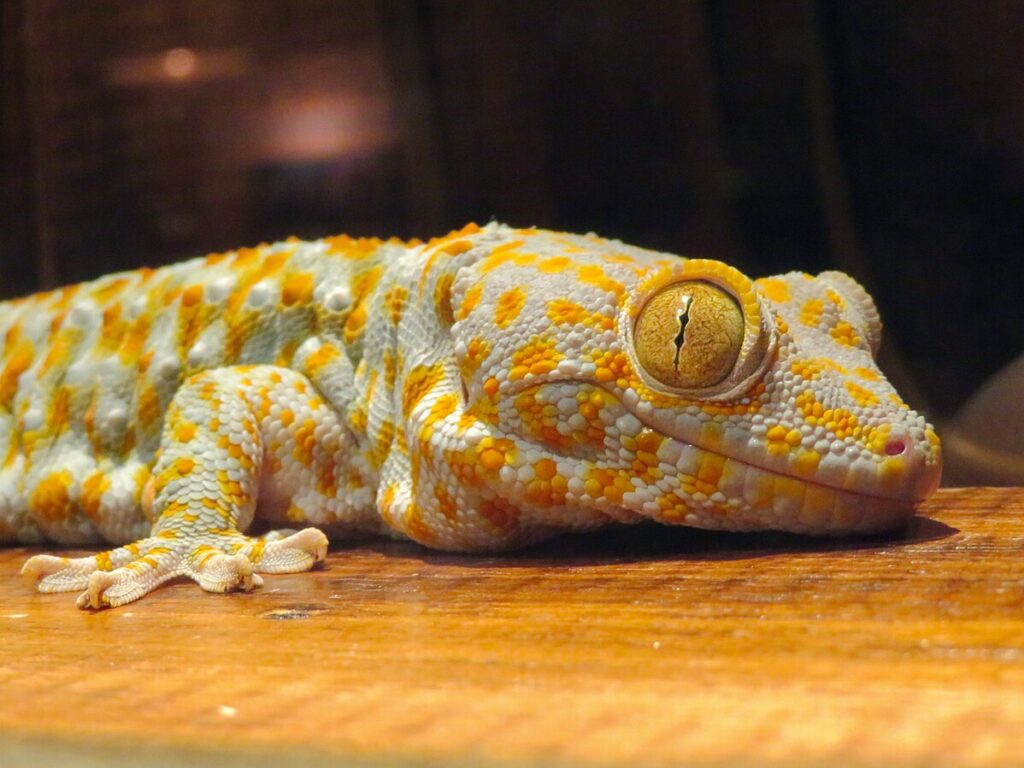
The Chicago Herpetological Society operates one of the oldest reptile rescue programs in the country, providing temporary sanctuary care and adoption services for hundreds of reptiles annually. Unlike permanent sanctuaries, this organization focuses on rehabilitation and placement of appropriate species with qualified adopters, helping to reduce the burden on larger sanctuaries that provide lifetime care.
Their volunteer network includes specialized foster homes equipped to handle various reptile species with different care requirements, from small geckos to large boas and pythons. Educational outreach programs bring ambassador animals to schools and community events to teach responsible reptile ownership and conservation. The society’s monthly meetings welcome visitors and often feature educational presentations about reptile care, conservation, and natural history.
Ways to Support Reptile Sanctuaries Beyond Visiting
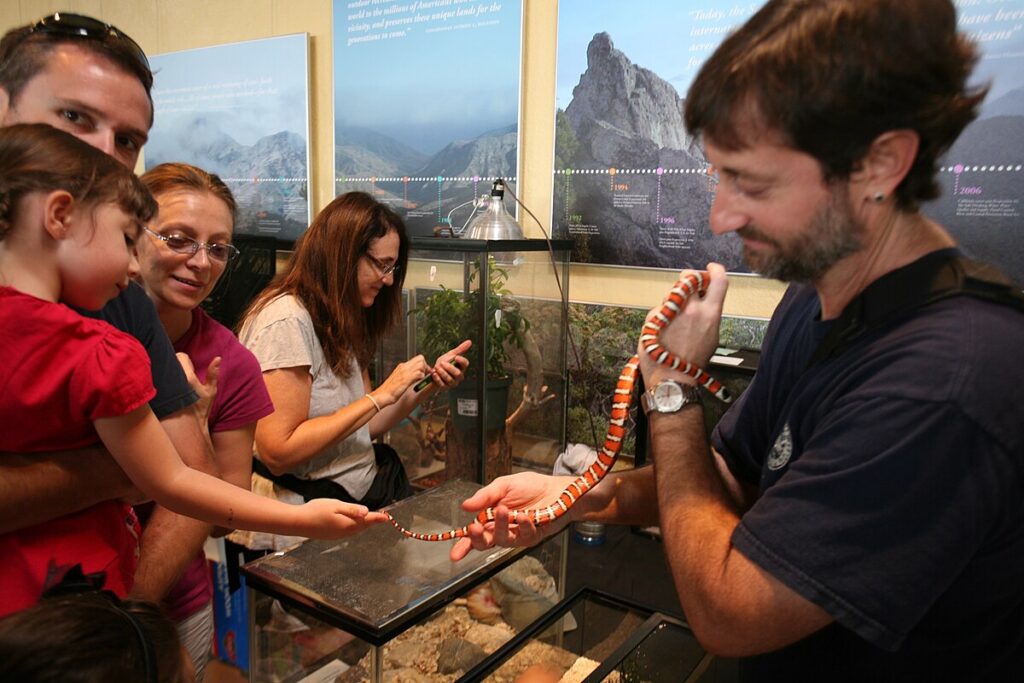
Supporting reptile sanctuaries extends far beyond admission fees, with numerous ways to contribute to their vital conservation work. Many sanctuaries offer “adoption” programs where supporters can sponsor specific animals, helping to cover the often substantial costs of providing proper diets, veterinary care, and appropriate habitats for these specialized animals.
Volunteering opportunities range from hands-on animal care (usually requiring training) to construction projects, administrative support, and educational outreach—making use of various skills supporters might offer. For those with reptile experience, becoming a foster home for rehabilitating animals or those awaiting permanent placement can directly reduce the burden on sanctuary facilities.
Most sanctuaries also maintain wish lists of needed supplies, from specific equipment to everyday items like paper towels and cleaning products, allowing supporters to contribute tangible items when financial donations aren’t possible.
America’s reptile sanctuaries serve as critical lifelines for thousands of animals while simultaneously educating the public about the importance of these often misunderstood creatures. By visiting these facilities, you not only witness the remarkable diversity of the reptile world but also directly support conservation efforts that extend from individual animal care to habitat protection initiatives.
Unlike traditional zoos, these specialized sanctuaries often provide more intimate experiences and deeper educational opportunities focused specifically on reptile conservation challenges. Whether you’re fascinated by alligators, passionate about sea turtle rehabilitation, or simply interested in learning more about our scaly native wildlife, these sanctuaries offer meaningful ways to engage with reptile conservation. Your support—through visits, donations, or volunteer work—helps ensure these vital organizations can continue their mission of providing safe haven for reptiles in need while working toward a future where such sanctuaries might become less necessary.

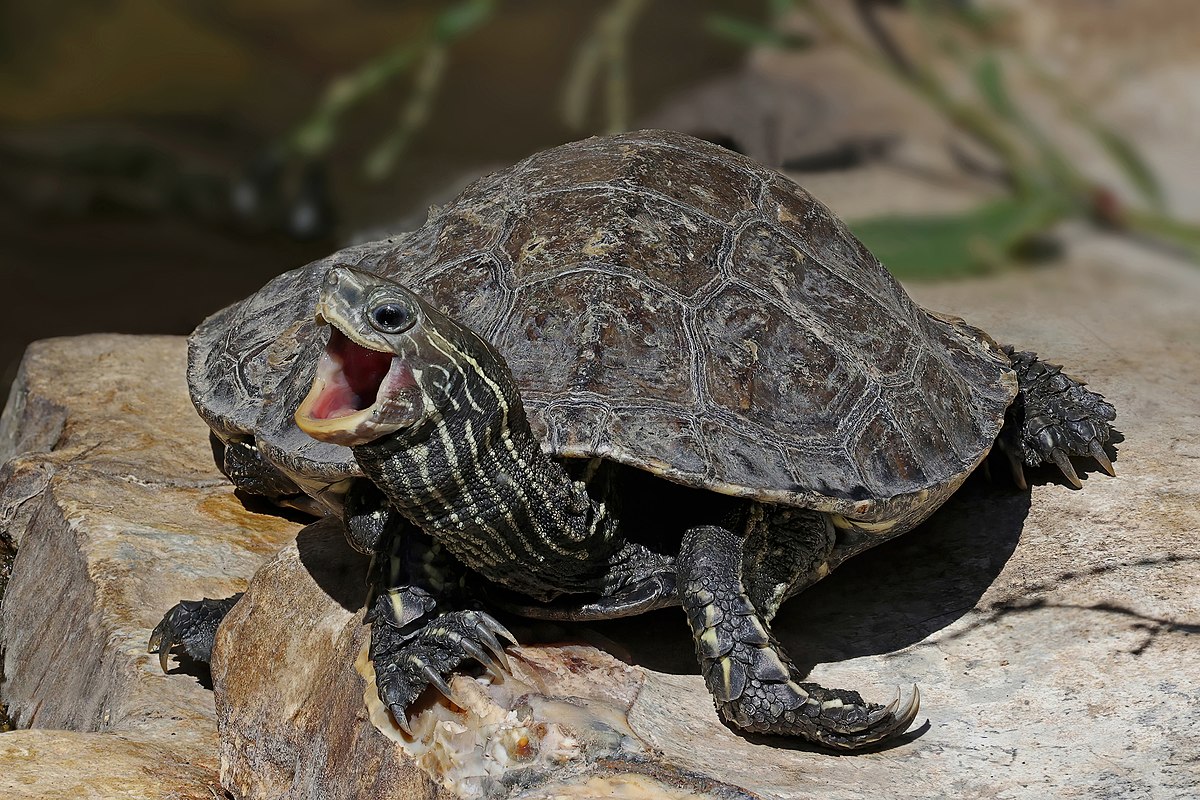
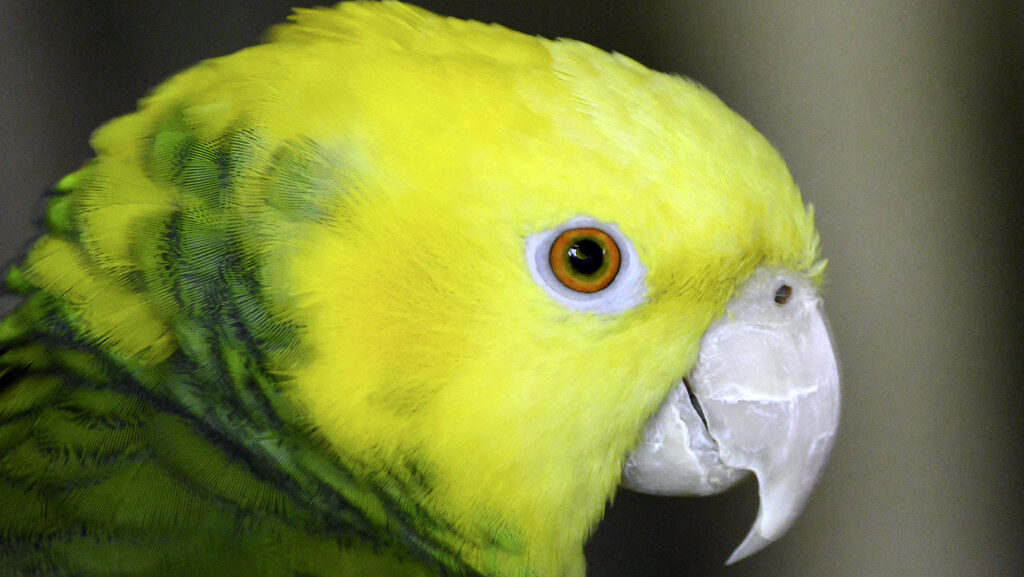
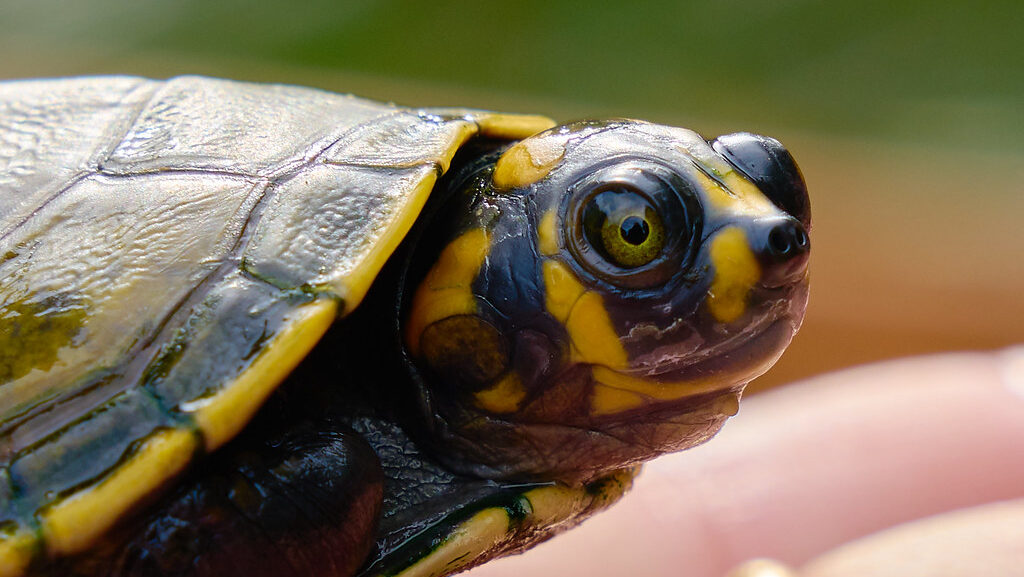
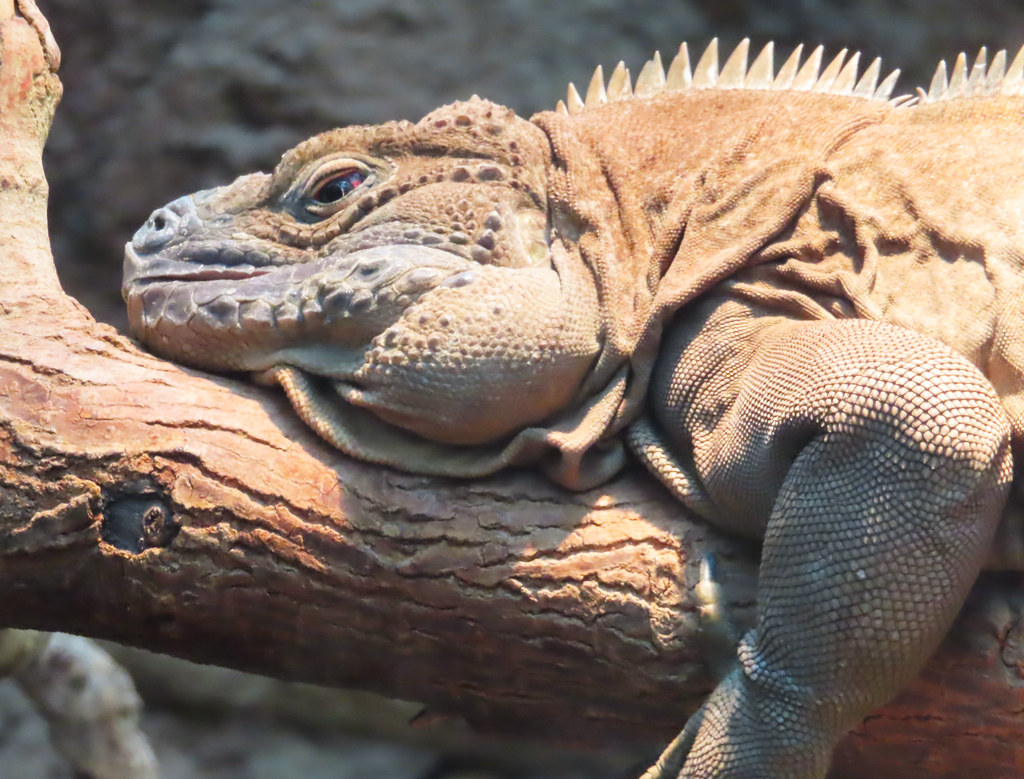
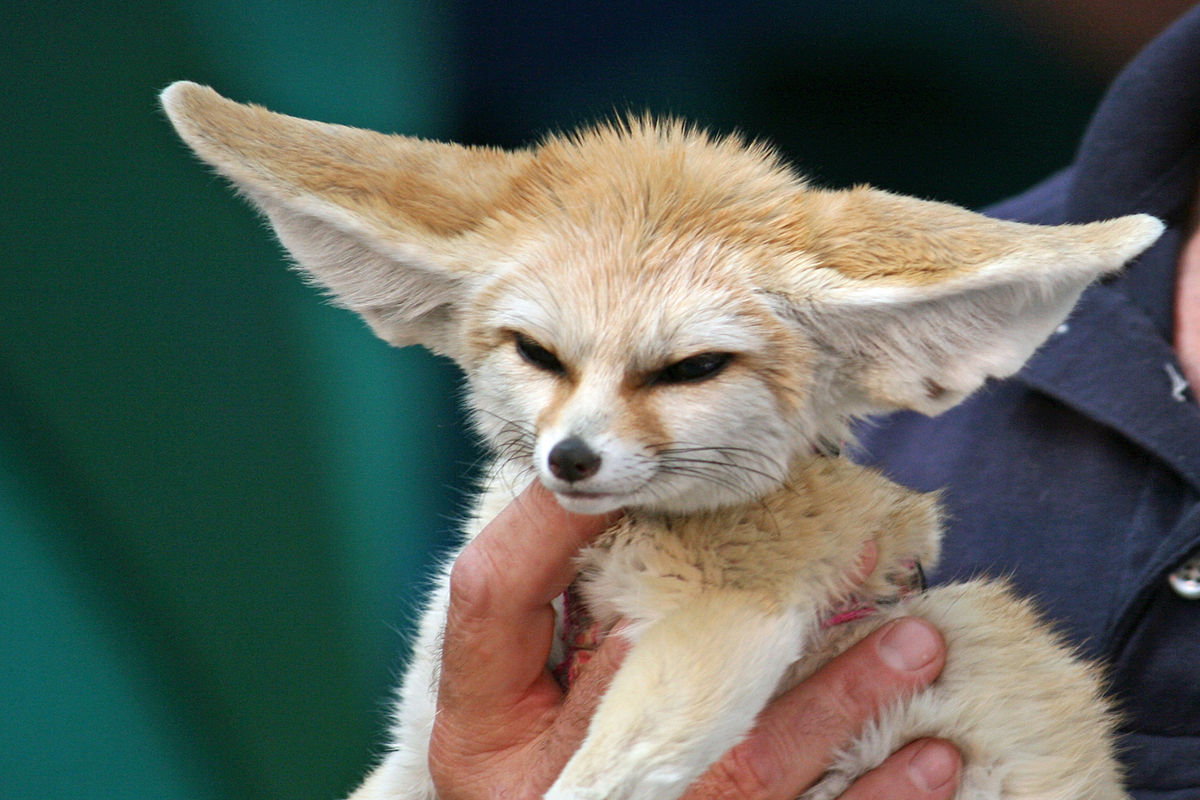
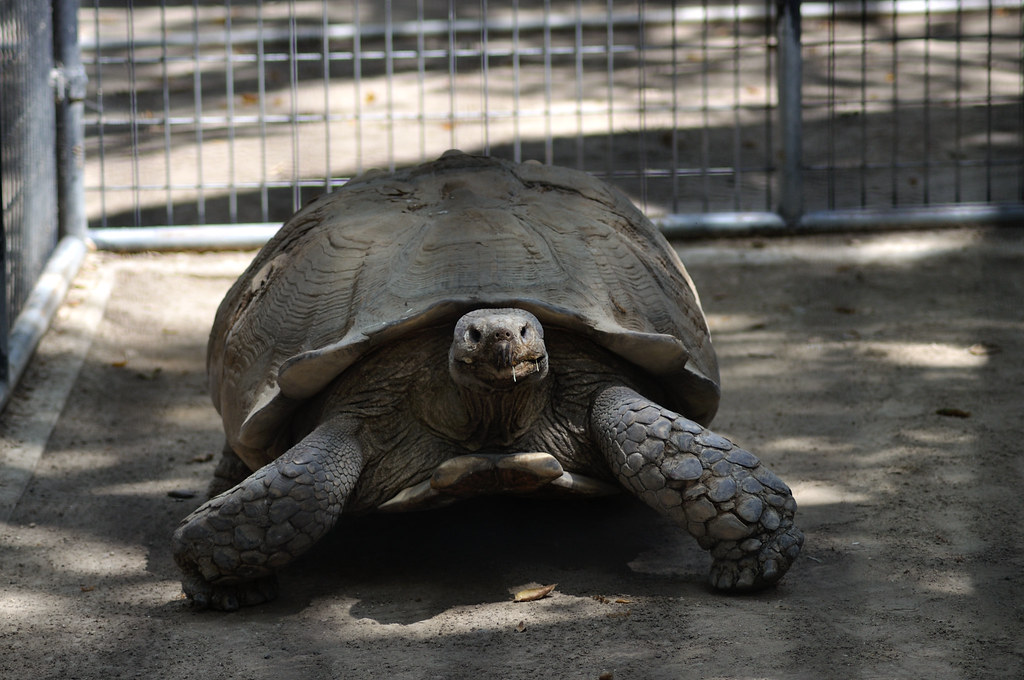
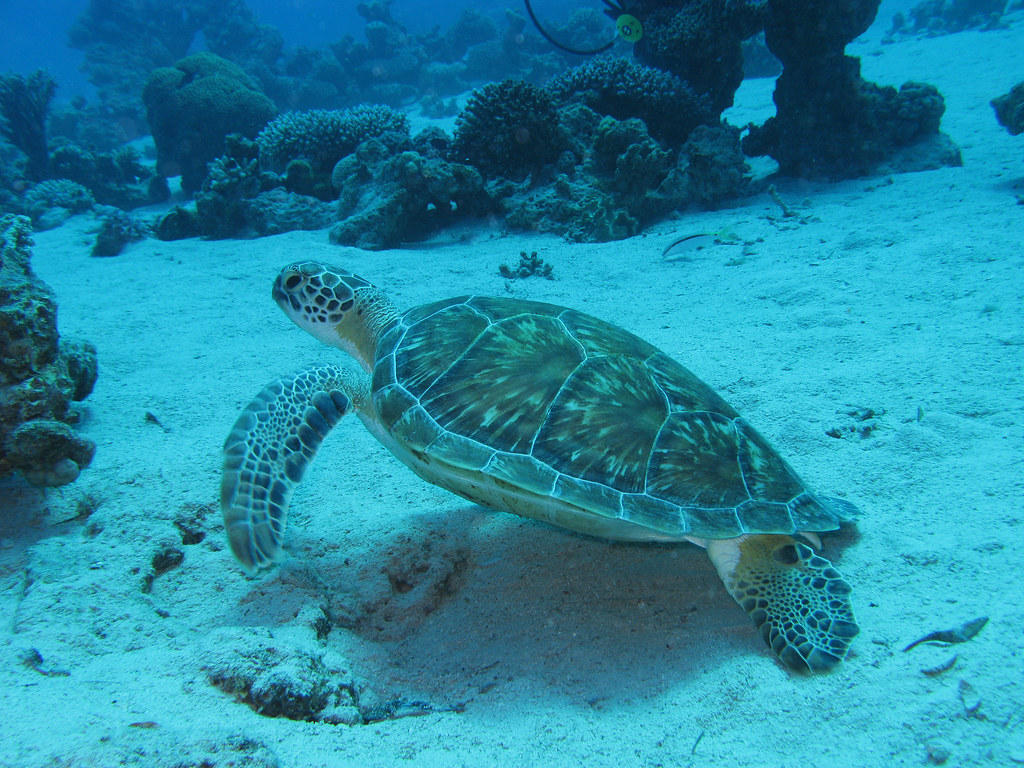
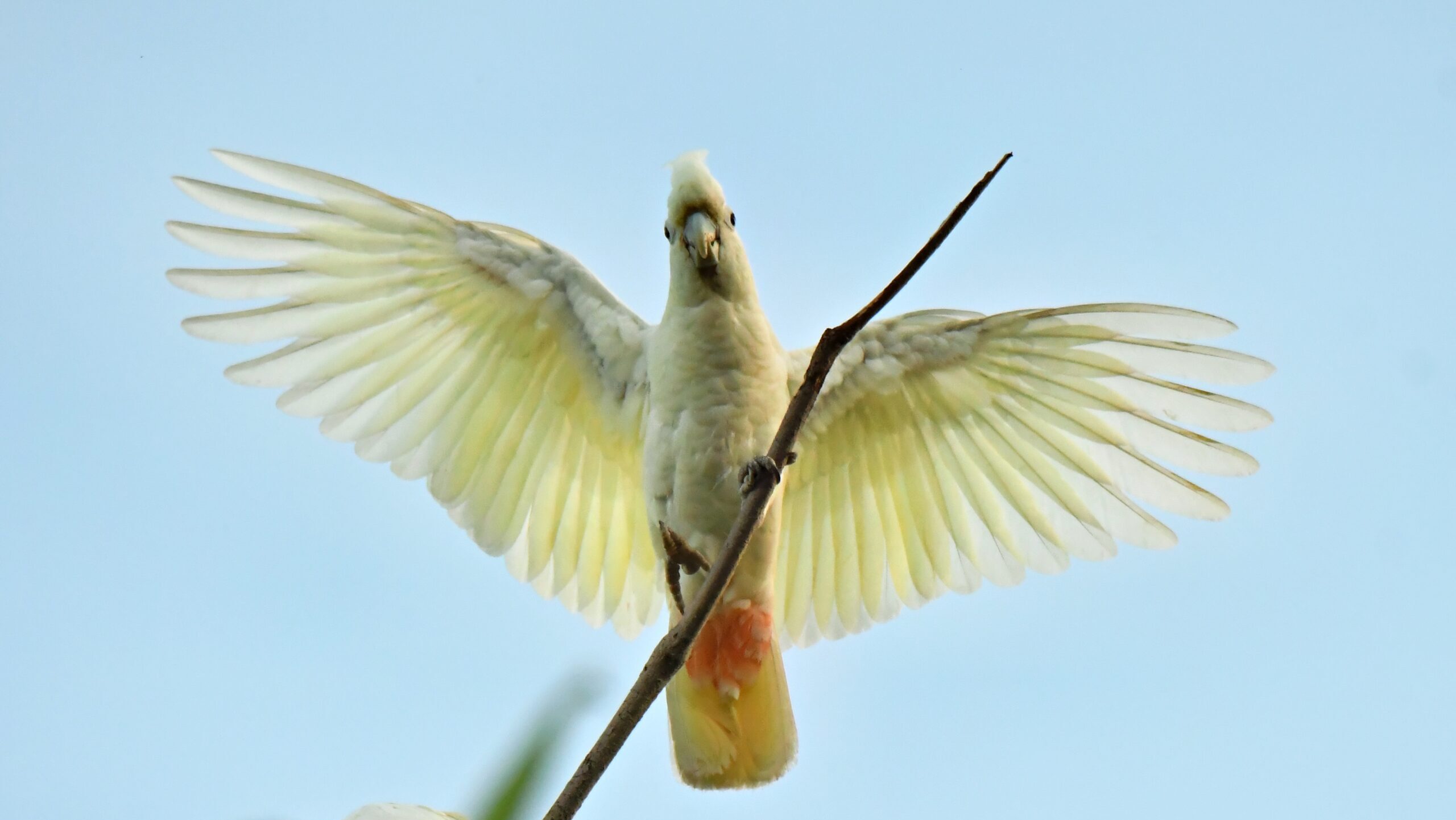

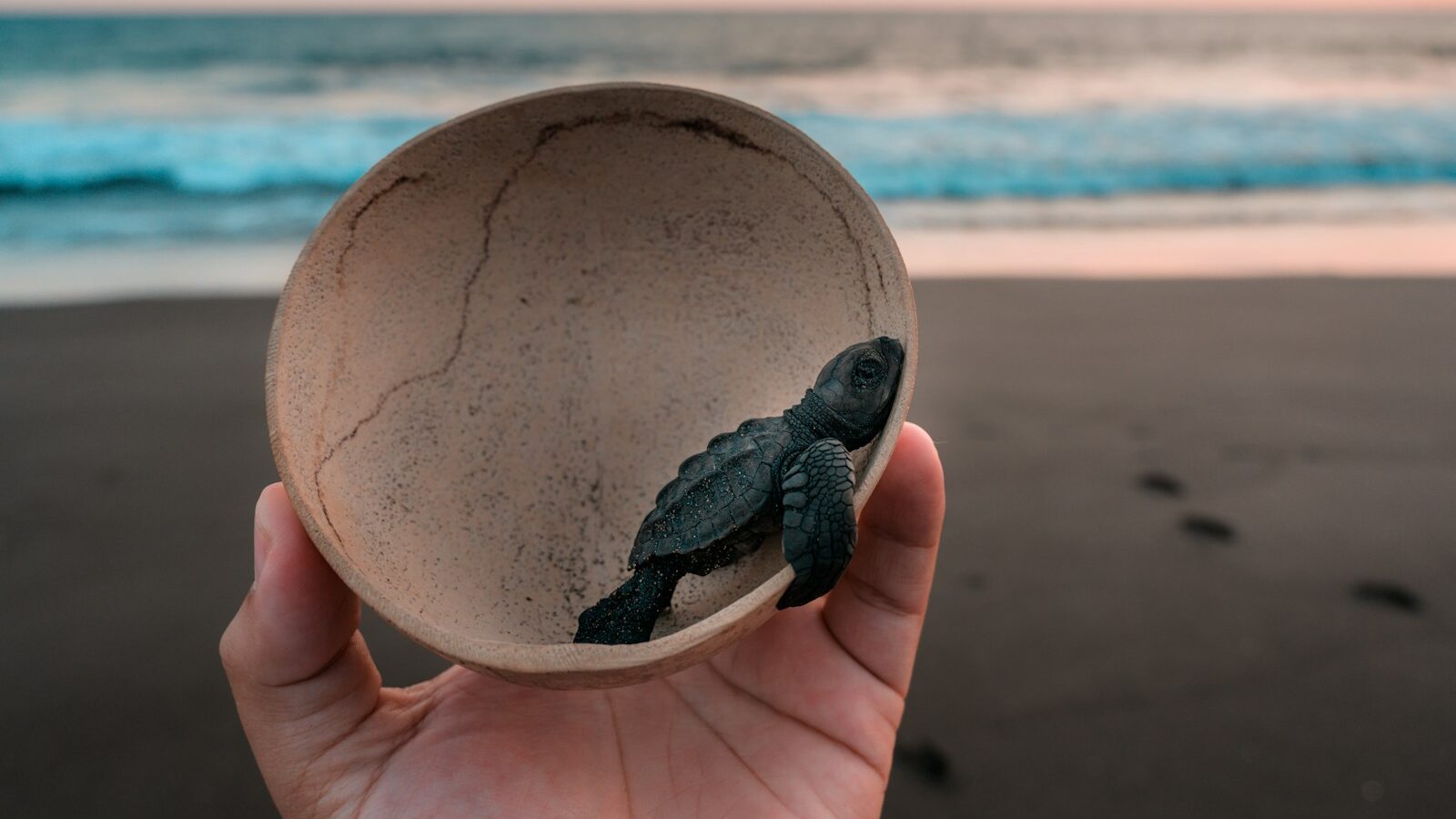
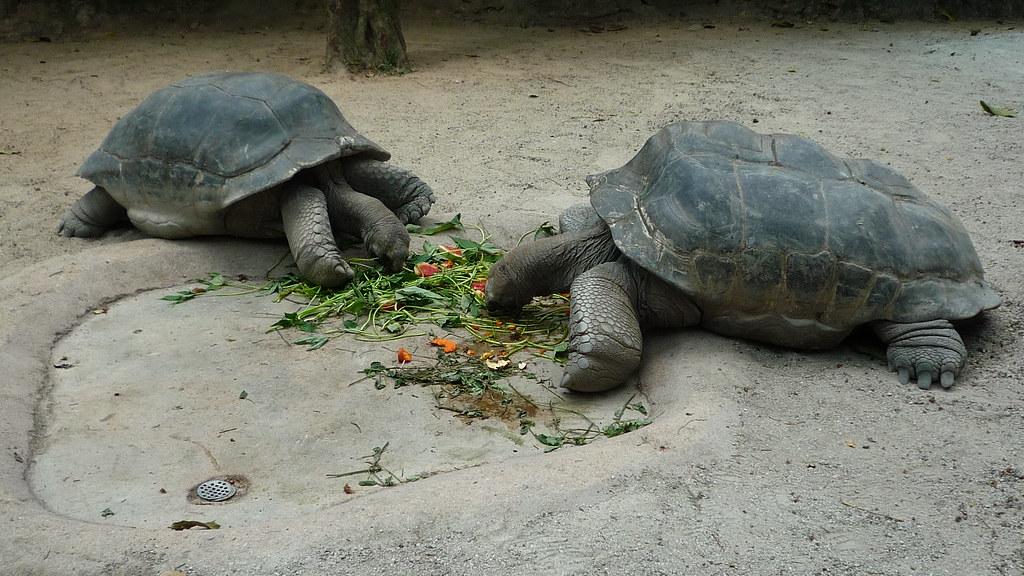




Leave a Reply